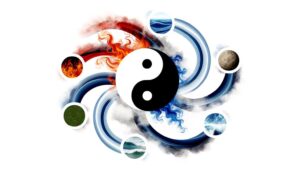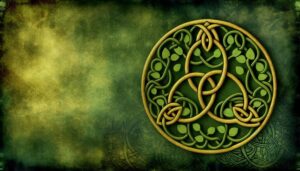What Does the Horizontal Lines Symbol Mean?
The symbol of three horizontal lines holds rich historical, technological, and cultural connotations. In ancient civilizations, it marked numerical values and hieroglyphic significance.
Technologically, it has evolved to improve data visualization and user interface clarity. Culturally, it evokes stability and tranquility, linked to philosophies like Yin-Yang and Western notions of peace.
Indigenous and religious interpretations also imbue it with meanings of continuity and earthly experience. This symbol's multidimensional significance spans from ancient scripts to modern digital design, reflecting the layers of human understanding across time and societies.
To uncover deeper insights into its diverse implications, further exploration awaits.
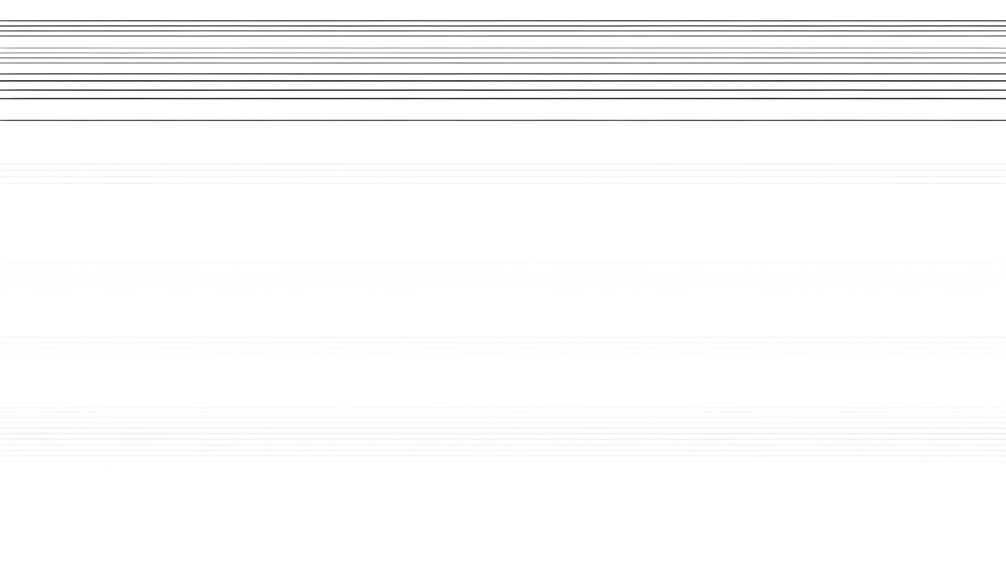
Key Takeaways
- The symbol of three horizontal lines often represents balance and equilibrium.
- In digital interfaces, three horizontal lines can signify a menu or navigation bar.
- Culturally, three horizontal lines may symbolize stability and tranquility.
- In some traditions, they denote harmony between different elements or realms.
- The three horizontal lines can also represent organizational hierarchy or structure.
Historical Origin

The historical origin of the horizontal line symbol can be traced back to ancient civilizations, where it was employed in early forms of writing and mathematical notations.
In Mesopotamia, cuneiform script utilized horizontal lines as separators and indicators of numerical values. Similarly, ancient Egyptians incorporated horizontal lines in hieroglyphs to signify duality and balance.
The Greeks and Romans further refined its use in geometry, where it represented baselines for constructing shapes and graphs. This symbol also found prominence in ancient Chinese manuscripts, denoting levels and organizational hierarchies.
Throughout various cultures, the horizontal line served as a fundamental element in both linguistic and mathematical frameworks, highlighting its universality and enduring relevance in human communication and record-keeping.
Technological Significance
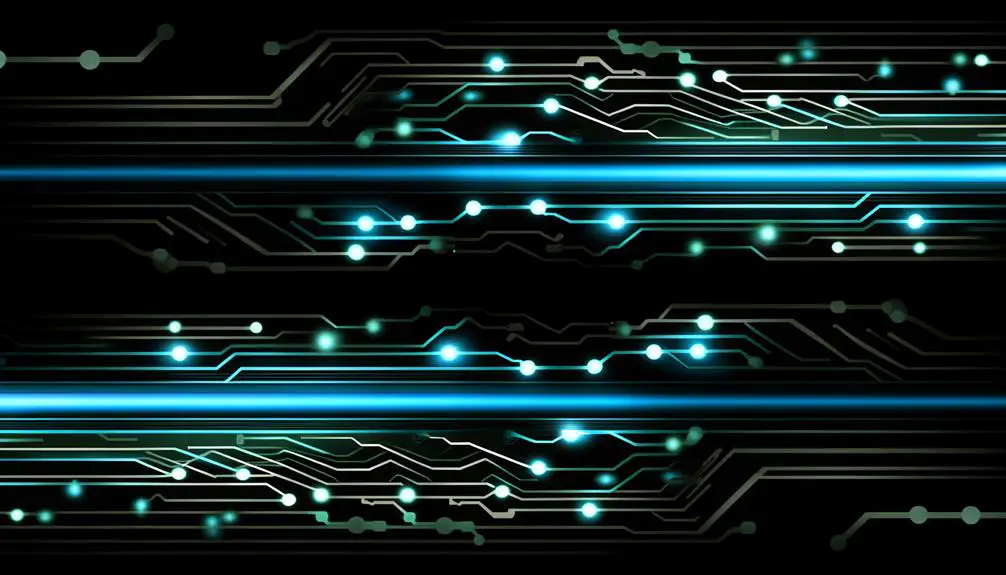
Building upon its historical roots, the horizontal line symbol has evolved to hold significant technological importance in contemporary digital interfaces and data visualization.
In user interface design, horizontal lines, often referred to as 'rules' or 'dividers,' enhance readability by segmenting content, improving user experience.
In data visualization, horizontal lines are pivotal in creating charts and graphs, where they serve as grid lines, baselines, or thresholds, facilitating data interpretation and comparison.
Additionally, in coding and digital documentation, horizontal lines are employed to demarcate sections, providing structural clarity.
The integration of horizontal lines in these technological contexts underscores their utility in organizing information, enhancing visual hierarchy, and supporting efficient data comprehension, reflecting their enduring relevance and adaptability.
Cultural Interpretations
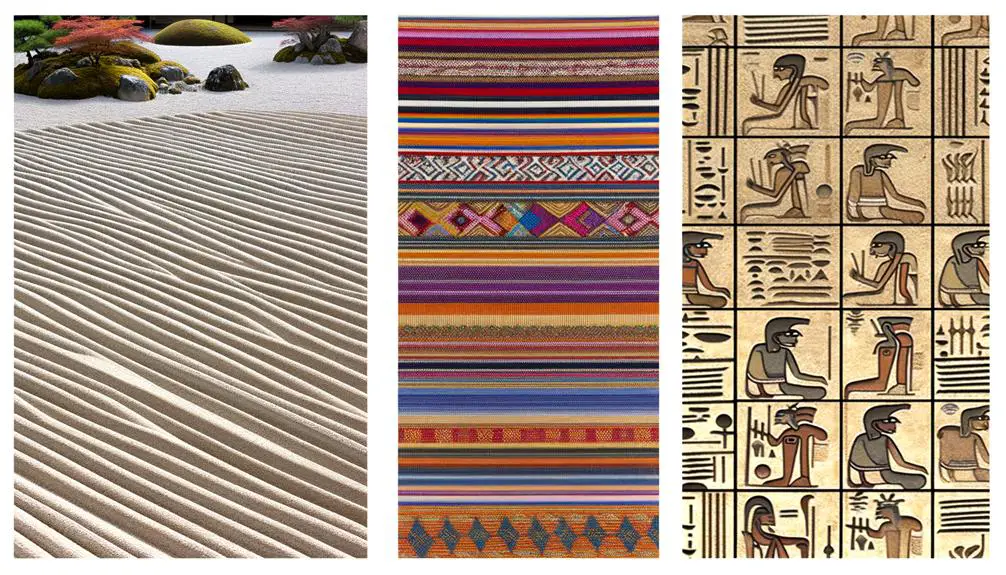
Across various cultures, the horizontal line symbol carries diverse interpretations, often embodying concepts of stability, tranquility, and equilibrium.
In East Asian traditions, the horizontal line reflects the Yin-Yang philosophy, symbolizing balance and harmony within the universe.
In Western art, horizontal lines are frequently utilized to convey a sense of restfulness and peace, often seen in landscapes to represent the horizon.
Indigenous cultures may interpret horizontal lines as symbols of the earth's continuity and the cyclical nature of life.
The horizontal orientation is also significant in religious contexts; for instance, in Christianity, the horizontal bar of the cross signifies the earthly plane and human experience.
Hence, the horizontal line's meaning is rich, multifaceted, and deeply rooted in cultural contexts.
Conclusion
The coincidental convergence of historical origins, technological significance, and cultural interpretations of the three horizontal lines symbol reveals a multifaceted emblem deeply embedded in human experience.
This symbol, transcending eras and disciplines, underscores the intricate interplay between ancient ideograms and modern digital interfaces. Its persistent recurrence in various contexts highlights a universal resonance, reflecting humanity's enduring quest for meaning and continuity.
Such emblematic symbols serve as bridges, linking past traditions with contemporary innovations in an ongoing dialogue.

